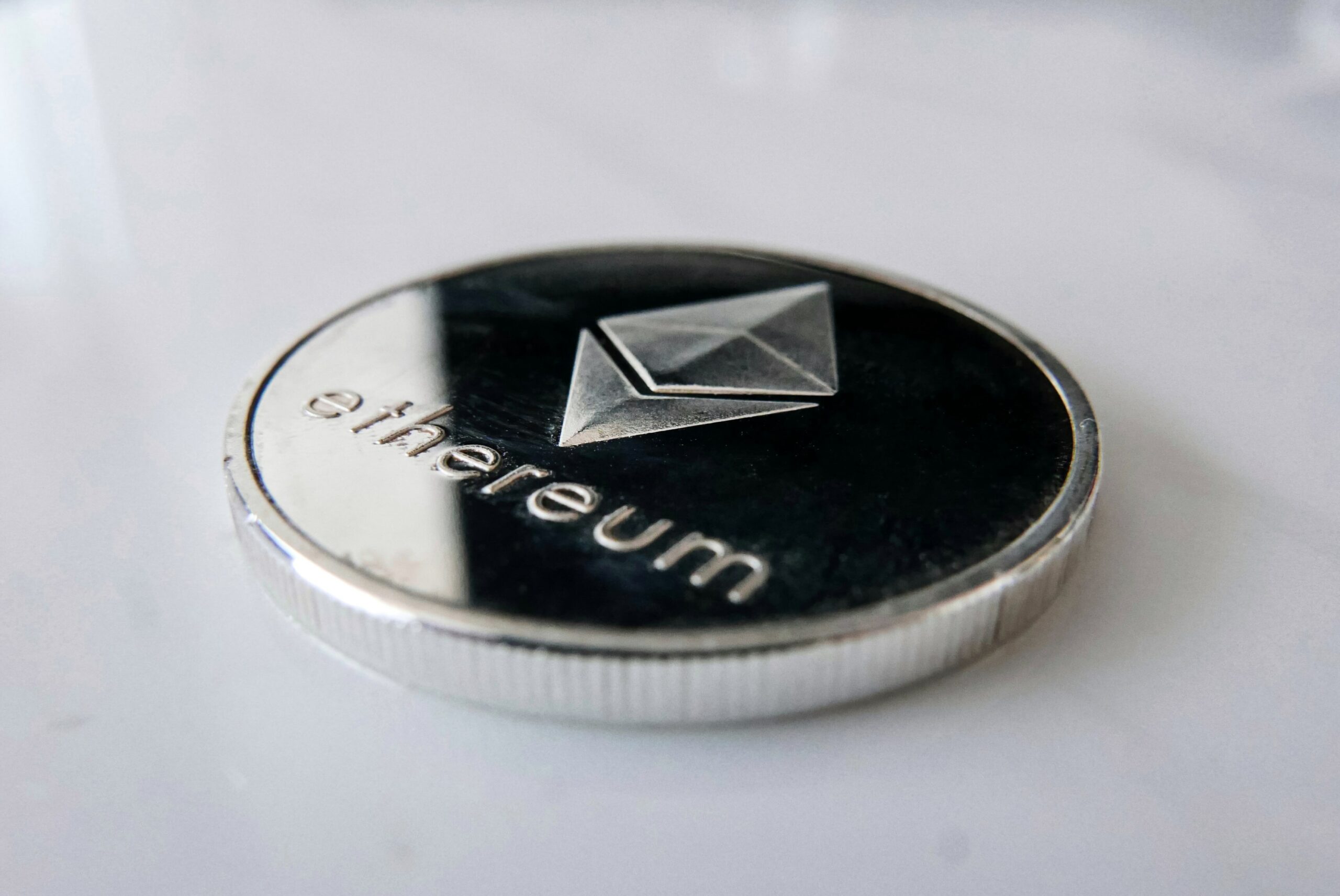Etheruem’s lanes merging
The crypto world is watching as Ethereum’s long anticipated shift from a proof-of-work consensus mechanism to proof-of-stake has finally completed.
The Merge, as it’s popularly known, is the most significant transformation to a blockchain protocol for any cryptocurrency. The question for investors is whether the market for Ethereum’s native token, Ether, will be affected.
What price change?
The Merge is the Ethereum network’s shift to proof-of-stake (PoS), its new system (also called a “consensus mechanism”) for authenticating crypto deals. The new system will replace proof-of-work (PoW), the slightly cruder mechanism pioneered by Bitcoin.
Ethereum has a PoS network already, called the Beacon Chain (introduced in 2020), but its not been used to document transactions. For now, it’s essentially just a staging area for computers operating the Ethereum network to prepare for the PoS upgrade.
Ethereum’s full transition to PoS requires merging the Beacon Chain with Ethereum’s PoW mainnet.
Telling the difference
Proof-of-stake (PoS) and proof-of-work (PoW) vary in how they dictate who can record the next “block” of transactions on the network.
In today’s PoW system, Ethereum miners compete to publish blocks by racing to solve cryptographic puzzles, much like in Bitcoin. In the new PoS system, validators that stake at least 32 ether (around $50,000 USD) with the network are randomly selected to create blocks. The more ether one stakes, the more likely one is to be selected.
In both systems, the miner/validator that wins a block is rewarded with a mix of transaction fees and newly minted ether. PoS validators also receive rewards for doing other activities to help secure the network.
Will Ethereum prices fall?
Ethereum transaction fees are not expected to change as a result of the Merge. Future network updates, like danksharding and proto-danksharding, may help to address Ethereum’s high network fees, but these updates are not expected until 2023 at the earliest.
The main salve for Ethereum’s transaction fee woes remains rollups – third-party networks like Arbitrum and Optimism that bundle transactions and process them separately from Ethereum’s mainnet.
On average, Ethereum blocks are issued once every 13 or 14 seconds in today’s proof-of-work (PoW) system. After the merge, proof-of-stake (PoS) blocks will be issued in regular 12-second intervals. This is not an improvement that most will notice, and it still places Ethereum behind rival blockchain networks like Solana and Avalanche (though well ahead of Bitcoin, where a new block is mined every 10 minutes on average).
Our Take
The Ethereum community has for years positioned the Merge as a massive upgrade to the network’s fundamental systems. But the Merge is not guaranteed to boost the Ether price, with most likely a period of falling
The Merge will also introduce changes to the rate at which ether is issued and how it is distributed. These changes could be positive or negative depending upom what perspective you come from. There is also a small risk that the Merge will fail, or that PoS will prove less secure than PoW.


